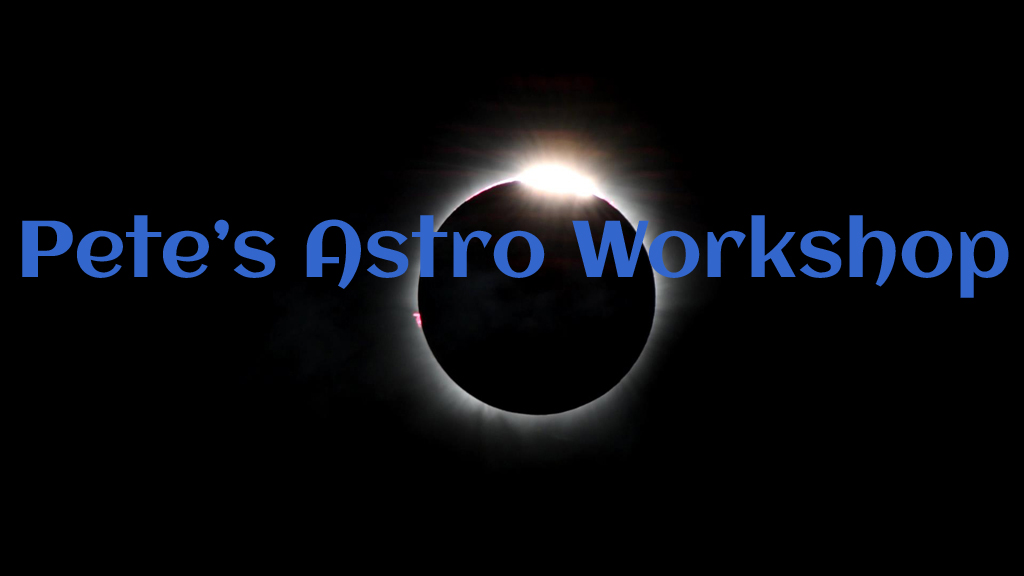Kitt Peak observatory
Situated about 30 miles from Tucson, Arizona Kitt Peak is a 7000-foot mountain that is home to the US National Observatory. The view from the summit is spectacular and there are probably more telescopes and observatories here than at any other single site in the world.
The McMath-Pierce Solar telescope
The largest solar telescope in the world, this instrument uses a coelostat (literally ‘stationary sky’) with a 2.1m mirror to follow the Sun throughout the day and direct its image down the long sloping tube, the angle of the tube being equal to the latitude of the site.
The tube extends underground (in fact more of its length is under the ground than above) where the Sun’s image is reflected part-way back up the tube by a 1.6m f/54 primary mirror of focal length 87m. Finally the image is reflected vertically down to the Observing room where it can be analyzed by a number of different instruments.
The 2.1m (84-inch) Dome
This was one of the earliest telescopes on Kitt Peak. The dome is of modest size for this class of instrument because the scope (next picture) features a fairly short tube.

The 2.1-meter (84-inch) reflector
Dating from the 1960s, this scope made a number of significant discoveries including the first gravitational lens.
Its mirror has a fast focal ratio of f/2.63, resulting in a short tube which can be accommodated in a relatively small dome.
Note the circular white screen at left. This is used for taking flat-field calibration images, a technique familiar to many astro-photographers as a means to cancel out the effects of uneven illumination, variations in CCD sensitivity and dust motes on the optical surfaces.

Dome of the Mayall telescope
Standing in a prominent place on the summit of 7000-foot Kitt Peak, this impressive building is over 200 feet tall. The dome, which weighs 500 tons, has a double-shell structure designed to withstand hurricane force winds.
The deep blue of the sky as seen from 7000 feet, combined with the dazzling bright structure, made for a truly spectacular view.

The 4-meter (158-inch) Mayall Telescope mounting
Seeing first light in 1973, this telescope was among the largest in the world for many years. Its huge primary mirror weighs 15 tons and the mounting that moves the telescope has to be correspondingly massive as shown in this picture.

The 4-meter Mayall Telescope
The telescope is carried in a horseshoe mounting that swings the 92-foot long tube to point at any given target.
This scope has an identical twin, The Blanco telescope situated in the southern hemisphere at the Cerro Tololo observatory in Chile (featured in a separate post). Along with the Hale 6-meter on Palomar Mountain and the 3.6-meter scopes at La Silla (also in Chile) and Siding Spring in Australia, these two scopes were at the forefront of astronomical research from the 1970s onward.
Nov 2019 addendum: this telescope continues at the cutting edge of astronomical research with the commissioning of the Dark Energy Spectroscopic Instrument (DESI), which uses fibre optics positioned by robots to record up to 5,000 spectra simultaneously. It is hoped that the survey it produces will help astronomers better understand the nature of Dark Energy.

